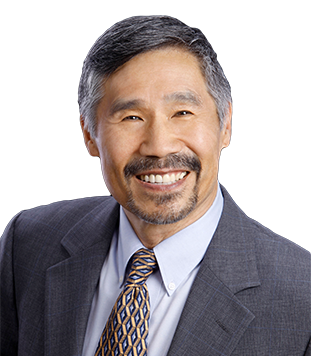
Pleasanton, CA Quiz
Q – Who were the first-recorded occupants of the Tri-Valley?
A – The Ohlone Indians
Q – Who first discovered the Amador-Livermore Valley in 1772?
A – It was first sighted by a Spanish soldier, Captain Pedro Fages while on an expedition searching for new mission sites.
Q – When was the Tri-Valley settled?
A – In 1826 Jose Amador brought the first settlement to the valley, which still bears his name. Spanish families were awarded huge tracts of land as a result of the abandonment of the California Mission System.
Q – What was the original name of Pleasanton?
A – “Alisal”
Q – Why is Pleasanton situated in its present location?
A – It was located on one of the main routes to the gold fields and quickly became a mercantile stopover for miners seeking their fortune in the Mother Lode.
Q – Who was the first white settler in the immediate area of Pleasanton?
A – Augustine Bernal in 1850. The adobe house he built on Foothill Road is still standing today. He lived there for most of his life and played a part in building aspects of the community familiar to residents today, including the racetrack that eventually brought the Alameda County Fairgrounds to Pleasanton.
Q – Who was responsible for changing the name of the city from Alisal to Pleasanton?
A – John W. Kottinger, who arrived in 1851, was responsible for the naming of Pleasanton after a distinguished Civil War general, Alfred Pleasonton. However, a spelling error by a recording clerk in Washington D.C. resulted in a much more appropriate name.
Q – What development assured the future of Pleasanton?
A – The transcontinental railroads rolled into Pleasanton in 1869 which assured its future. The population then was only 500, but it soon began to grow.
Q – What attracted ranchers and thoroughbred horse breeders to Pleasanton?
A – They were attracted to the favorable climate and abundance of water, and were soon followed by dairy farms, hop fields and vineyards. Blessed with rich soil, Pleasanton soon became the agricultural center for the Amador Valley and home to the oldest horseracing track in the nation. The hops grown here were sought by many of the largest beer producers in the United States and Europe, making Pleasanton internationally famous.
Q – When was Pleasanton incorporated?
A – 1894
Q – What spurred the growth of Pleasanton in the 1930’s?
A – Enterprising men such as Henry J. Kaiser determined the great potential of sand and gravel below the Valley’s surface. The gravel industry has been one of the Valley’s most enduring and profitable industries throughout the last half-century.
Q – When did Pleasanton transition from agriculture- to a business-based economy?
A – The 1960’s and 1970’s were decades of rapid population growth in the city, and by 1979, much of the land in Pleasanton was supporting homes, schools, and businesses, instead of tomatoes, cucumbers and grapes.
Q – What development, built on swampland, was one of the most dramatic turning points in Pleasanton’s history in 1982?
A – The 850-acre Hacienda Business Park was built on swampland that had previously been considered as a site for a large mobile home park. Instead, Pleasanton became home to corporate giants and the face of the city was forever changed.
Q – Where can I find more information about Pleasanton?
A – The Museum on Main Street, 603 Main Street in downtown Pleasanton. Call (925) 462-2766 for hours and more information. The museum also offers a Downtown Walking Tour Guide, available for a donation of $2. This guide provides a mapped out route and a wealth of historic facts to make a jaunt down Main Street one of discovery. It was published in 2001 under the guidance of Pleasanton historian Charles Huff.
For information on buying or selling a home in Pleasanton please contact Michael “Soon” Lee, CRS, GRI at (925) 864-8848 or michael@rogbmc.com.

